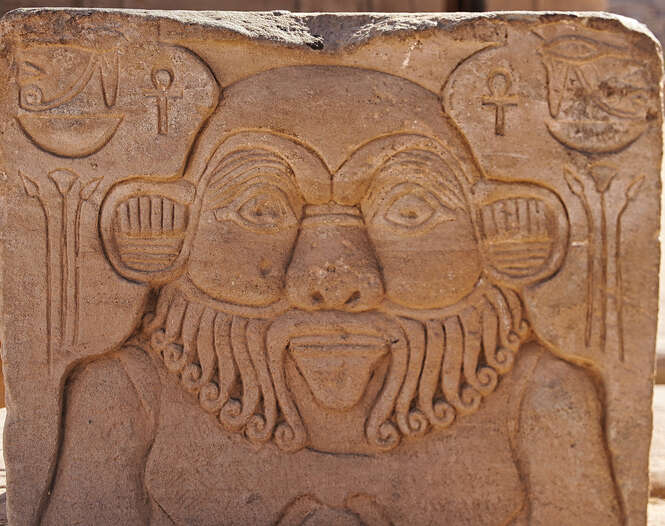A University of South Florida researcher has unearthed the first physical evidence of hallucinogenic substances in an ancient Egyptian ceremonial vessel, validating centuries-old accounts of ancient Egyptian rituals. Through sophisticated chemical analysis, researcher Davide Tanasi examined one of the world's few surviving specimens of these mysterious cups.
The vessels, including one donated to the Tampa Museum of Art in 1984, feature the distinctive head of Bes, an ancient Egyptian deity or guardian demon associated with protection, fertility, healing, and purification. The research, published in Nature, resolves a 2,000-year-old Egyptian enigma.

"Our findings are unprecedented in this field of research," Tanasi said. "We've achieved the first-ever complete chemical signature identification of the liquid contents from an ancient Egyptian vessel, including the plants utilized by the Egyptians, each possessing psychotropic properties.
"Scholars have long debated the purpose of these vessels and their contents," Branko van Oppen, curator of Greek and Roman art at the Tampa Museum of Art said. "There was considerable uncertainty whether these vessels served everyday purposes, religious functions, or magical rituals."
Tanasi, conducting this research as part of the Mediterranean Diet Archaeology project, collaborated with fellow researchers at the Universities of Trieste and Milan in Italy to perform chemical analyses and DNA testing.
The analysis revealed a complex mixture of psychedelic substances, bodily fluids, and alcohol – a combination that Tanasi believes was integral to a magical ceremony reenacting an Egyptian myth, presumably connected to fertility. The concoction was enhanced with honey, sesame seeds, pine nuts, and grape juice, the latter commonly employed to give the mixture a blood-like appearance.
"Religion represents one of the most compelling aspects of ancient civilizations," Tanasi said. "This research provides scientific evidence supporting elements of Egyptian mythological accounts, helping illuminate ceremonial practices near the Great Pyramids of Giza that have remained largely enigmatic until now."




